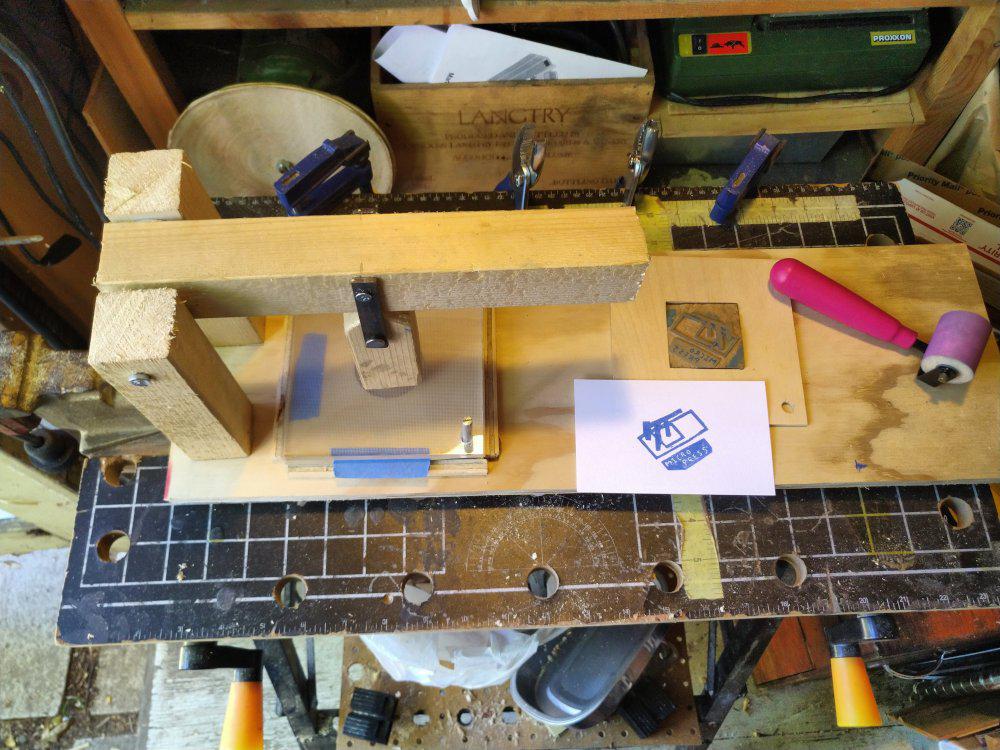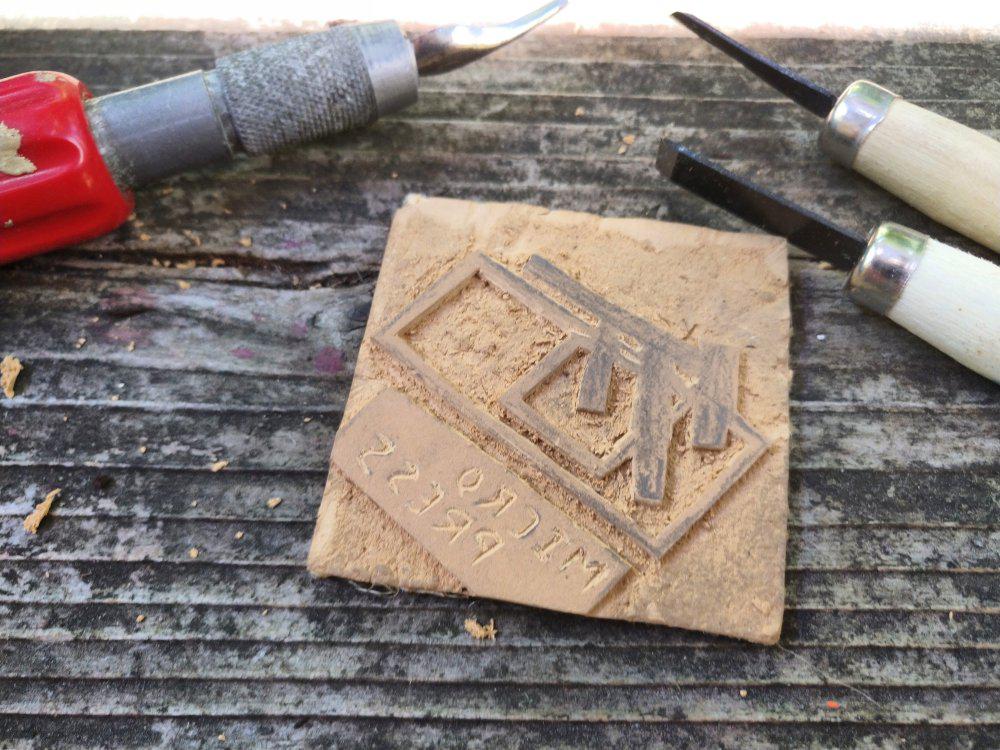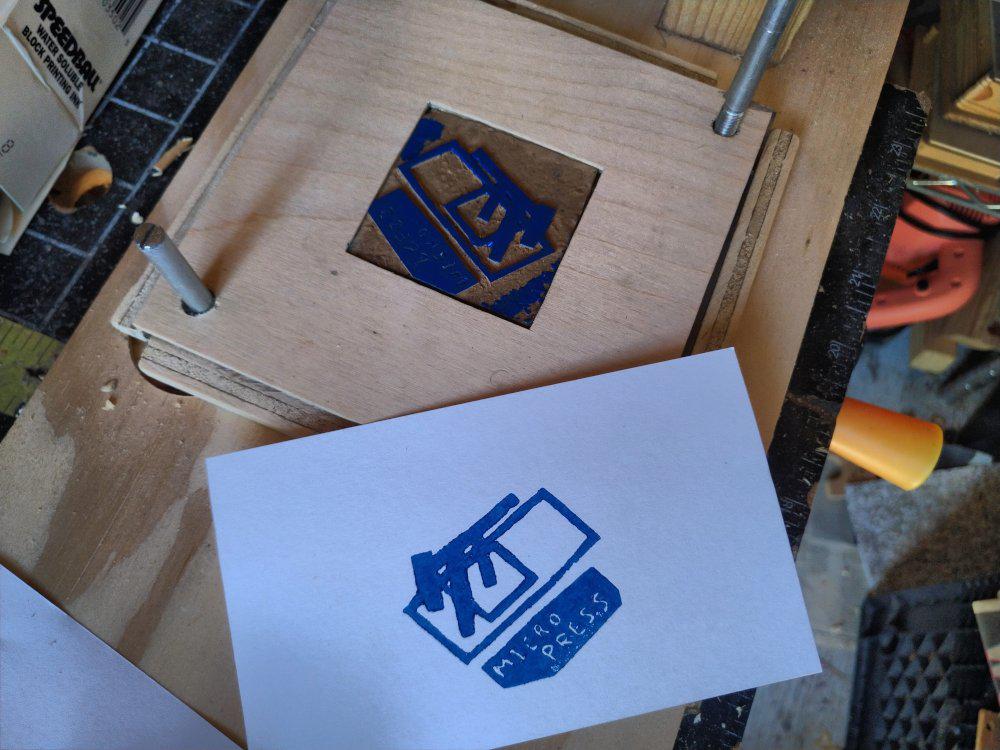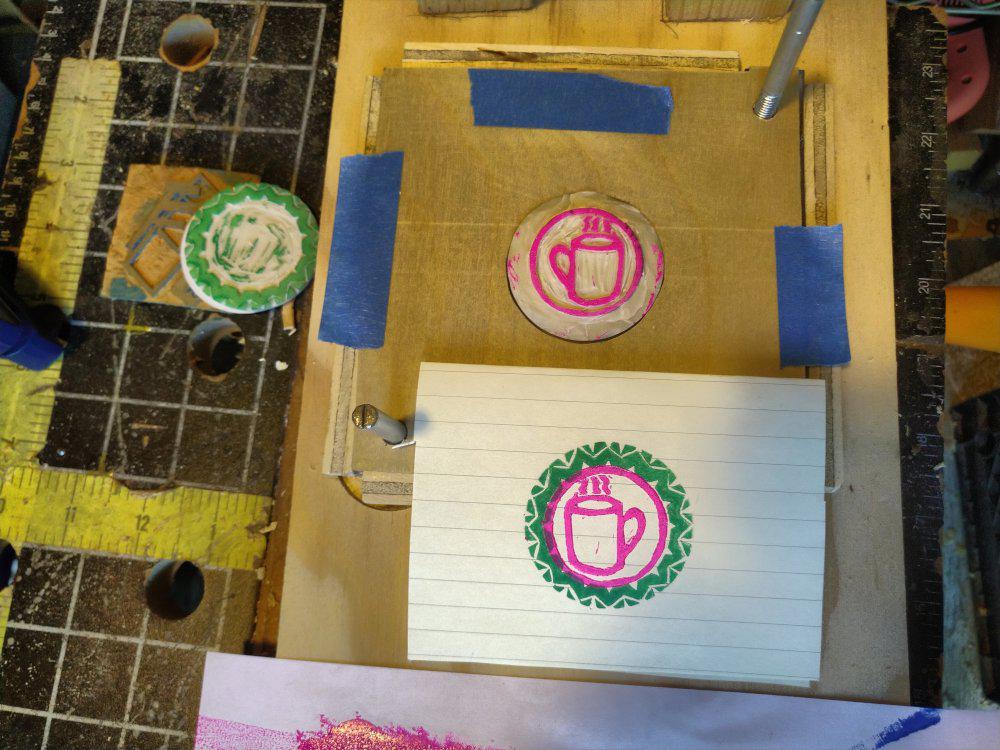Game Tools
Here, some discussion of two game tool programs I have in
game-tools on github.
asciimapper
In the mid-1990s, I knew an admin of the Tsunami MUD and played the game a bit. Fast-forward a decade and I decided to give it a try again. At (then) about fifteen years old (now closer to thirty), it was one of the older MUDs around, which meant it had a very long time to expand. There were vast areas of the game to explore, and I set out to see as much as I could.
Over the course of several months, I visited huge swaths of the game, and got myself on the explorer leaderboard, where I was one of the lowest level characters there. (Accounts automatically delete after time time if you don't log in, so I can't know if others had done better than me before then, and you won't be able to find me there now.) Eventually I started to run into time-to-new-area payoff diminishing returns and stopped playing.
While I was playing I drew myself a lot of maps. At first these were on
paper, but eventually I developed an ASCII art short hand. This let me
have text files I could grep for noteworthy items or places. From
there, I wrote a tool that could take my ASCII art maps and convert them
into nice printable maps. asciimapper worked by converting my ASCII
art into config files for ifm the
"Interactive Fiction Mapper",
which was designed for Infocom and similar games. The crossover to MUD
maps was trivial. Some of the maps I printed and would hand annotate
for further details, but most I kept only in ASCII file form.
I have all my ASCII art maps for Tsunami somewhere, I could probably dig them out and put them on the web. I haven't played in at least a decade now, though, and there's more than zero chance some of them are obsolete. Some became inaccuate while I was playing. In particular I recall the entrance to Toyland moving, to be friendlier to low level players.
I've been thinking about asciimapper again as I play
"Andor's Trail";
(previously dicussed
about a month ago
here). In "Andor's Trail", there are perhaps 520ish visitable areas,
most of which show up on the World Map, but about 20% are indoors,
underground, or otherwise not visible there. How to get to those plus
the inventories of stores in particular spots has been something I've
been mulling over. The ASCII art needed for the World Map would be
doable, but something of a challenge.
The maps are text form already though, just not very clear text form.
Here's an excerpt from AndorsTrail/res/xml/woodsettlement0.tmx, an XML file
apparently created by
Tiled:
<objectgroup name="Mapevents">
<object name="east" type="mapchange" x="928" y="224" width="32" height="64">
<properties>
<property name="map" value="roadbeforecrossroads2"/>
<property name="place" value="west"/>
</properties>
</object>
<object name="woodhouse1" type="mapchange" x="608" y="288" width="32" height="32">
<properties>
<property name="map" value="woodhouse1"/>
<property name="place" value="south"/>
</properties>
</object>
<object name="woodhouse2" type="mapchange" x="640" y="128" width="32" height="32">
<properties>
<property name="map" value="woodhouse2"/>
<property name="place" value="south"/>
</properties>
</object>
<object name="woodhouse0" type="mapchange" x="224" y="256" width="32" height="32">
<properties>
<property name="map" value="woodhouse0"/>
<property name="place" value="south"/>
</properties>
</object>
<object name="sign_wdsetl0" type="sign" x="800" y="256" width="32" height="32"/>
<object name="sign_wdsetl0_grave1" type="sign" x="128" y="160" width="32" height="32"/>
<object name="sign_wdsetl0_grave2" type="sign" x="128" y="224" width="32" height="32"/>
</objectgroup>
You can easily see how the map pieces connect together, including ones
like woodhouse0, woodhouse1, and woodhouse2 that don't show up on
the World Map. In woodhouse2.tmx we find Lowyna:
<objectgroup name="Spawn"> <object height="96" name="smuggler1" type="spawn" width="96" x="32" y="96"/> <object height="128" name="smuggler2" type="spawn" width="96" x="128" y="96"/> <object height="32" name="lowyna" type="spawn" width="96" x="288" y="96"/> [...]
Which with a little bit of work we can connect that the shop "droplist",
in this case in AndorsTrail/res/raw/droplists_v070_shops.json, to get
items she stocks.
A map.tmx to IFM format converter might be handy, but I haven't put
any serious thought into it.
asciimapper
I have thought about game play efficiency with "Andor's Trail". In particular while playing I thought it would be useful to have a way to see how fast I'm earning in-game rewards like XP, game currency, item drops, and how fast I'm using consumables while doing so. I imagined a tool that I could tell what I have at a particular time and it would work out how much that changes over time.
Those imaginings lead to stat-timer, a CLI with a very old school
interogation interface. You can use the command line to give it starting
stats or just start it and it will ask for stats. Then you can update
as many or as few stats as you want each round and it gives updates.
The design requires that you name stats for the initial state, and then
if in same order, you can omit names. Thus the most important things
being measured should be first, and least important last. Or least
changing last.
In practice this means I've been putting XP first, then common area item
drop and/or gold, then health potion count, and then rare drops, and
finally — sometimes — constants I want for annotations.
As I play, I update XP frequently and other columns less frequently. To
update just the first two columns is a matter of just entering the first
two numbers. To update first and third requires labeling the number for
the third column. After each entry it gives a snapshot of how things are
doing on a per-second basis. When done, I can <ctrl-d> out or put
a ! at the end of the numbers to indicate final update. It then gives
a final update with total changes, per-hour and per-second rate of
changes. This makes it easier to compare play style one to play style
two even if they are on different days and for different lengths of
play.
If I update it further, things I've been thinking about for improving
it include: a curses interface with data at particular screen
locations, sophisticated "pause timer while entering data", realtime
per-second updates, and perhaps a more sophisticated state model for the
command line, for better continuation after an intertuption.
 qz thoughts
qz thoughts


